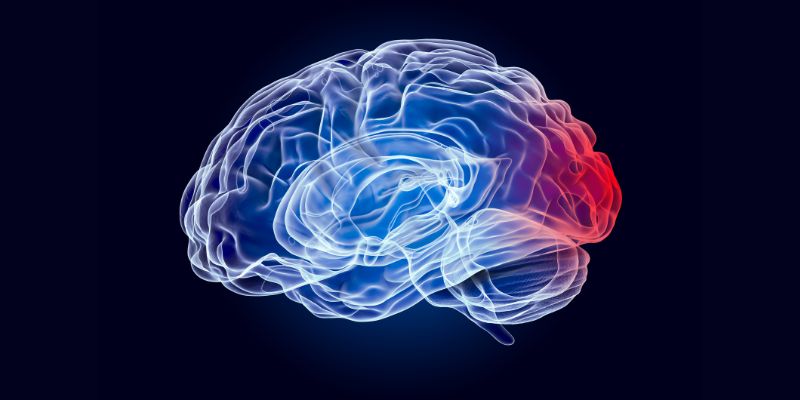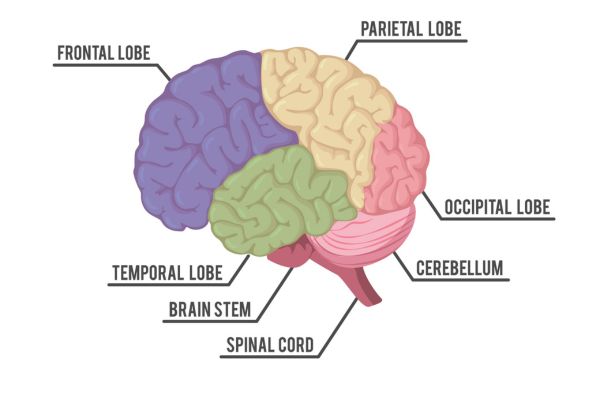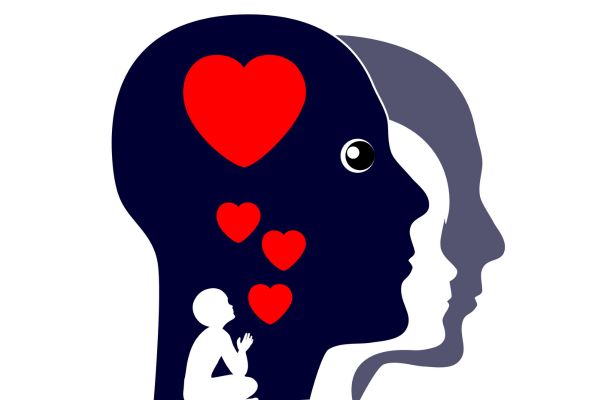Trauma is a complex and often misunderstood phenomenon, with far-reaching consequences for those who experience it. Understanding the science behind trauma is key to providing effective support and treatment to those who have been affected. The brain’s response to stressful events is a central part of this scientific understanding, and it can help us to make sense of the physical and emotional symptoms that trauma survivors often experience. From the activation of the stress response system to the changes in neural pathways that occur over time, there is much to learn about the neurobiological underpinnings of trauma. In this article, the science behind trauma and its effects on the brain will be explored to help in shedding light on what we know and what we still need to learn. Whether you are a mental health professional, a trauma survivor, or simply curious about this fascinating topic; join us as we delve into the inner workings of the brain in response to stress and trauma.
The Different Types of Traumas
Trauma is a term used to describe a range of experiences that lead to a significant impact on a person’s physical and emotional well-being. Traumatic experiences include natural disasters, accidents, physical or sexual assault, and combat, among others. These experiences can be acute or chronic, and they could affect a person’s ability to function in daily life profoundly.
One of the most significant distinctions between different types of traumas is the degree to which the event was unexpected or unpredictable. For example, a car accident that occurs suddenly and without warning may be more traumatic than a planned surgery, even if both events result in physical injury. Similarly, an assault that occurs in a public place may be more traumatic than one that occurs in a familiar setting.
It is also important to note that trauma can result from both direct and indirect exposure to a traumatic event. For example, a person who witnesses a violent crime may experience trauma even if they were not physically harmed. Similarly, a person who is repeatedly exposed to traumatic events, such as a first responder or healthcare worker, may develop secondary trauma or compassion fatigue.
The Three Parts of the Brain and Their Functions
To understand the brain’s response to trauma, it is helpful to first understand the basic structure and function of the brain. There are three main parts in the brain: the brainstem, the limbic system, and the cortex.
The brainstem is the most primitive part of the brain and is responsible for regulating basic bodily functions such as breathing, heart rate, and digestion. It is also involved in the body’s stress response system, which will be activated when there are perceived threats.
The limbic system, sometimes being referred as the “emotional brain”, is responsible for regulating emotions, memory, and motivation. It includes structures such as the amygdala, the hippocampus, and the hypothalamus.
Finally, the cortex is the outer layer of the brain, which is responsible for higher-level thinking and decision-making. It is divided into four lobes: the frontal, parietal, temporal, and occipital lobes.
The Amygdala’s Role in the Fight or Flight Response
The amygdala is a small, almond-shaped structure situated in the limbic system of the brain. It is responsible for processing emotions, particularly fear and anxiety. The amygdala will send a signal to the hypothalamus when it detects a potential threat, which in turn activates the body’s stress response system.
The stress response system, also known as the “fight or flight” response, is a physiological response that prepares the body to either confront the threat or flee from it. When someone is stressed, their body reacts in various ways such as faster heart rate, breathing rate, and higher blood pressure. Additionally, stress hormones such as adrenaline and cortisol are released by the body.
While the stress response system is a normal and adaptive response to perceived threats, it can become dysregulated in individuals who have experienced trauma. This can result in chronic activation of the stress response system, which can have a range of negative physical and emotional effects.
The Hippocampus and Its Role in Memory Processing
The hippocampus is another key structure within the brain’s limbic system. Unlike the amygdala, which is responsible for processing emotional information, the hippocampus is involved in processing and storing memories.
When a person experiences a traumatic event, the amygdala is activated, and the stress response system is triggered. This can interfere with the hippocampus’s ability to encode and consolidate memories of the event. As a result, trauma survivors may experience gaps or inconsistencies in their memories of the event, or they may experience intrusive memories or flashbacks that feel overwhelming and vivid.
The Prefrontal Cortex and Its Role in Decision-Making and Emotional Regulation
The prefrontal cortex is responsible for decision-making and higher-level thinking. It is in the front of the brain, just behind the forehead, and is involved in regulating emotions and impulse control.
In individuals who have experienced trauma, the prefrontal cortex may become dysregulated, making it more difficult to regulate emotions and make rational decisions. This can result in impulsive behavior, difficulty with emotional regulation, and a heightened sensitivity to stress.
The Effects of Trauma on the Brain’s Structure and Function
While the brain is capable of remarkable plasticity and highly adaptable to changing circumstances throughout life, trauma could have a profound impact on the brain’s structure and function. Research has shown that trauma can lead to changes in neural pathways, alterations in brain structure, and changes the body’s stress response system.
For example, studies have shown that individuals who have experienced trauma may have a smaller hippocampus, which could impair memory processing. They may also experience dysregulation of the amygdala and prefrontal cortex, which could result in difficulty with emotional regulation and impulse control.
The Long-Term Impact of Trauma
The effects of trauma could be long-lasting, even after the initial event has passed. Trauma survivors may experience a range of symptoms, including anxiety, depression, hypervigilance, and a heightened sensitivity to stress. They may also experience physical symptoms such as headaches, insomnia, and chronic pain.
In addition to these immediate and ongoing effects, trauma could also increase an individual’s risk for a range of mental and physical health conditions later in life. For example, trauma survivors may be more likely to develop cardiovascular disease, autoimmune disorders, and substance use disorders.
Coping Mechanisms and Treatments for Trauma
While the effects of trauma can be profound, there are a range of coping mechanisms and treatments that can help individuals to manage their symptoms and reclaim their lives. These may include psychotherapy, medication, mindfulness and relaxation techniques, and self-care strategies such as exercise and healthy eating.
It is important to remember that recovery from trauma is a process. It takes time and effort to find the right combination of treatments and coping mechanisms that work for each different individual. However, with the right support and resources, it is possible to heal from trauma and reclaim a sense of safety and well-being.
Conclusion: The Importance of Understanding the Science Behind Trauma for Healing and Recovery
Trauma is a complex and multifaceted phenomenon, with effects that can be far-reaching and long-lasting. However, by understanding the science behind trauma and its effects on the brain and body, we can better support and help those who have been affected.
From the activation of the stress response system to the changes in neural pathways that occur over time, there is much to learn about the neurobiological underpinnings of trauma. By shedding light on what we know and what we still need to learn, we can help in reducing stigma and promoting empathy and understanding on this important issue.
Whether you are a mental health professional, a trauma survivor, or simply curious about this fascinating topic, it is important to continue to learn and grow in our understanding of trauma and its impact. With the right support and resources, it is possible to heal from trauma and move forward into a brighter future.













